Understanding Different Types of Fishing Rods
Choosing a fishing rod can feel overwhelming with the variety out there. To decide what kind of fishing rod you need, it’s key to know the different types available.
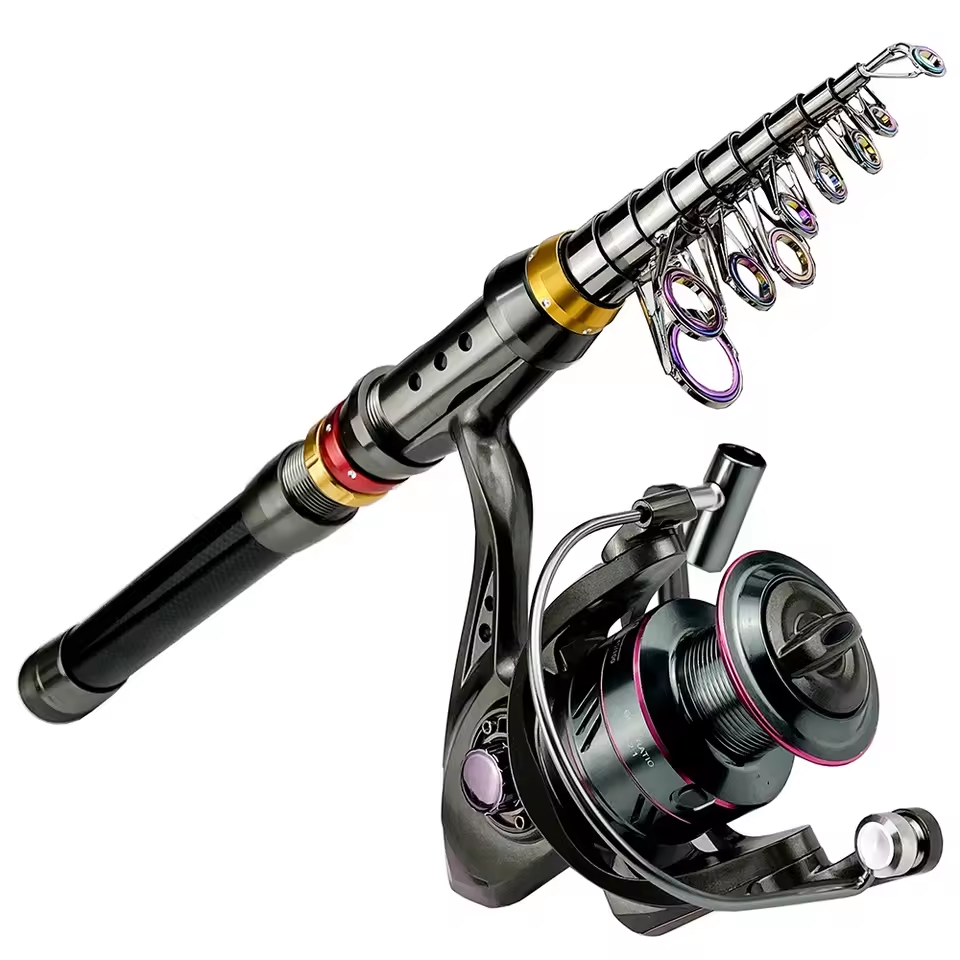
Spinning Rods
Spinning rods are great for beginners. They work with spinning reels. They allow for easy casting and are good for lightweight lures and bait. These rods bend from the base to the tip, offering flexibility.
Casting Rods
Casting rods suit those who want more control over their lure. They can be either baitcasting or spincasting. The guides on these rods are on top, aligning with the reel. They are ideal for heavy lures and lines.
Fly Fishing Rods
Fly fishing rods are specialized for fly fishing techniques. They are thin and flexible. This design helps cast the lightweight fly lures across waters. They come in various lengths for different environments.
Telescopic Rods
For anglers on the go, telescopic rods are convenient. They collapse down to a manageable size. This makes them easy to carry and store. However, they can be less sensitive compared to other rods.
Surf Rods
Surf rods are long and heavy-duty. They are for casting from the shoreline into the surf. They handle heavier baits and can fight the bigger fish you might catch from the beach.
Trolling Rods
Trolling rods are for dragging bait behind a moving boat. They are strong and can handle larger fish species. These rods are less about casting and more about strength and durability.
Each rod type serves a unique purpose in fishing. It’s essential to match the rod to your intended use. Consider what kind of fishing rod you need based on the fish you target and where you’ll be fishing. Whether you’re a novice or an experienced angler, understanding different fishing rods is the first step to a successful catch.
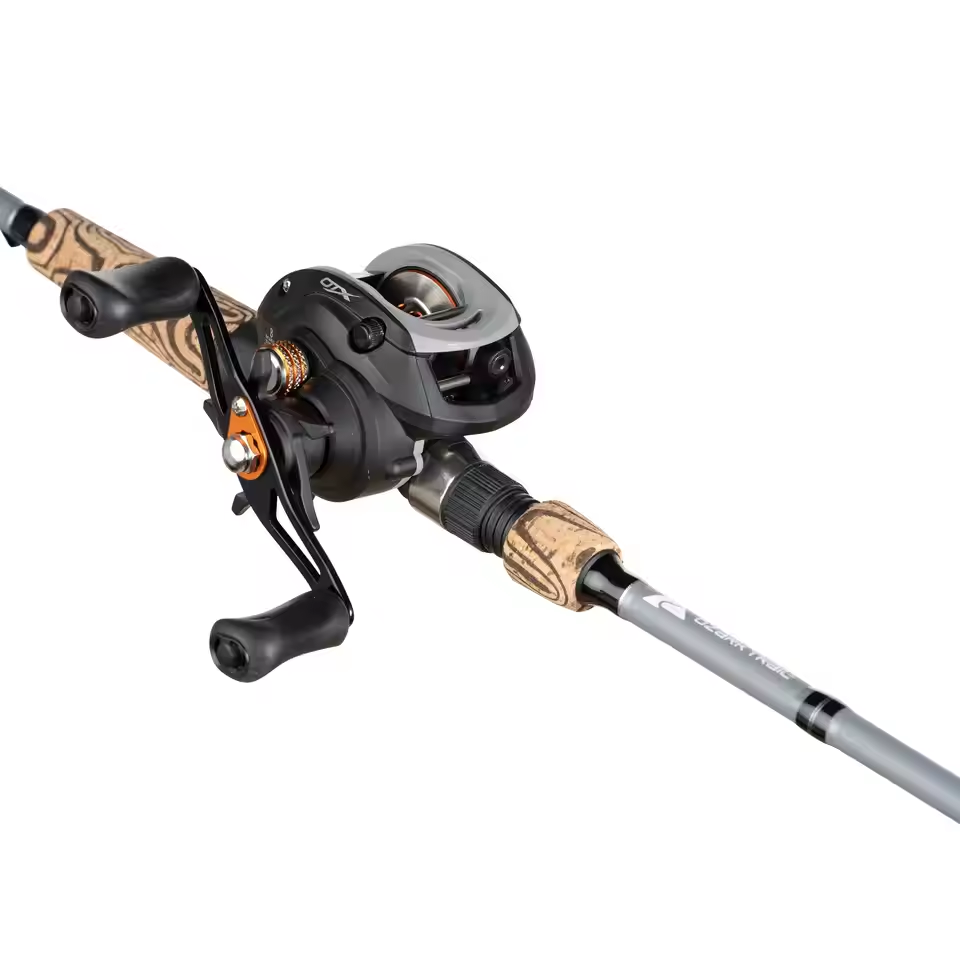 Factors to Consider When Selecting a Fishing Rod
Factors to Consider When Selecting a Fishing Rod
When choosing a fishing rod, several factors come into play. Here are important aspects to consider:
- Rod Sensitivity: Feel the nibble of a fish with a sensitive rod. It can mean the difference between catching and just fishing.
- Rod Strength: Also known as power, this indicates how much a rod can handle. Consider the size of fish you aim to catch.
- Rod Action: This refers to where the rod flexes. Fast action bends near the tip, while slow action bends near the middle. It affects casting distance and accuracy.
- Rod Weight: Light rods are ideal for smaller fish. Heavier rods suit larger, stronger fish.
- Length of the Rod: Longer rods cast further, but shorter rods offer more precision.
- Type of Reel: Choose a rod that matches the reel. Spinning reels require spinning rods, and so on.
- Handle Comfort: Ensure the handle feels good in your hand. Comfort can impact your endurance while fishing.
- Price: Set a budget. Higher prices often bring better quality, but determine what you need over what you want.
- Durability: A rod made to last can be a long-term investment. Look at materials and craftsmanship.
Knowing what kind of fishing rod you need isn’t just about the type. It’s about how details of the rod align with your fishing style and goals. Keep these points in mind to make an informed decision.
Matching the Rod to Your Preferred Fishing Technique
When selecting a fishing rod, aligning it with your fishing technique is crucial. Each technique has specific rod requirements that can enhance your angling success. If you fish by casting lures, consider a spinning or casting rod. These provide the control and flexibility needed for precision and distance.
For fly fishing enthusiasts, a fly fishing rod is essential. Its design caters to the unique needs of casting fly lures. In trolling, where you drag bait behind a boat, a trolling rod with its strength and durability is the best fit.
When bottom fishing, a rod with greater sensitivity helps detect bites more easily. For jigging, a short, stiff rod is often favored for the quick, sharp movements required.
It’s also important to consider the fish species you’re targeting. Larger species demand rods with more power and strength. Conversely, lighter, more flexible rods are suitable for smaller fish.
To sum up, choose a rod that complements your preferred technique. Look for one that meets the demands of your style, the fish you aim at, and the locations you frequent. Remember, the right rod can make a world of difference in your fishing experience.
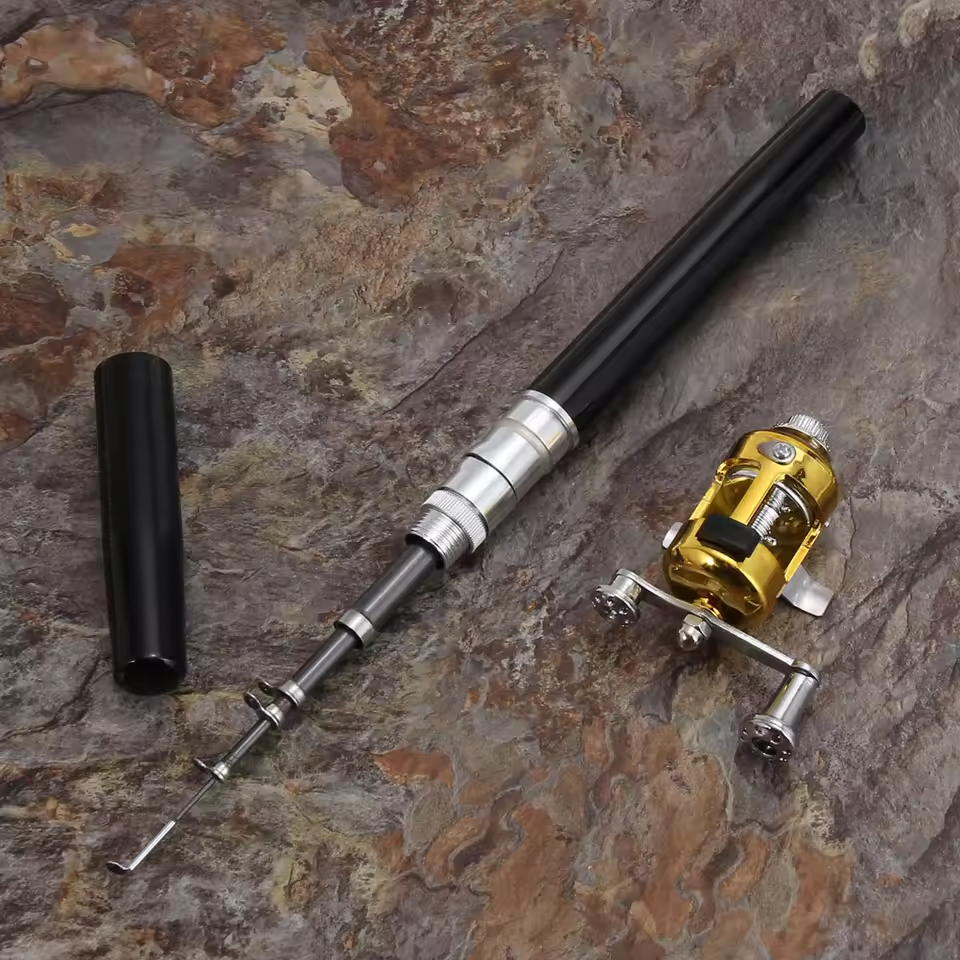 The Importance of Rod Length and Action
The Importance of Rod Length and Action
When choosing ‘what kind of fishing rod do I need,’ consider rod length and action. Both features influence your fishing success.
Understanding Rod Length
Rod length affects your casting ability. Longer rods cast further, but are trickier to handle. Shorter rods offer more control and precision, especially in tight spots. Choose a length that fits where you fish and your style.
Impact of Rod Action on Fishing Technique
Rod action is how much and where the rod bends when you apply pressure. Fast action rods bend near the tip. They are sensitive and work well for longer casts with heavier lures. Slow action rods bend closer to the middle. They suit short casts with lighter lures. Medium action rods offer a balance, good for various fishing techniques.
Your choice should match your technique and the species you target. This ensures proper handling and increases your chance of a great catch.
Material and Construction: Comparing Rod Composition
The materials used to make a fishing rod impact its performance and durability. When considering ‘what kind of fishing rod do I need,’ you also need to think about the rod’s composition. Here are common materials and how they affect rod characteristics:
- Fiberglass: Fiberglass rods are durable and somewhat heavy. They offer good flexibility and are often less expensive. These are great for beginners and all-around fishing.
- Graphite: Graphite rods are lightweight and highly sensitive. They provide better casting distance and accuracy. However, they can be more brittle and expensive. Ideal for experienced anglers targeting specific fish.
- Composite: Composite rods blend fiberglass and graphite. They balance sensitivity and durability. Best for anglers who want versatility without buying multiple rods.
- Bamboo: Traditional bamboo rods are prized for their flexibility and feel. They are handcrafted and often more expensive. Perfect for fly fishing enthusiasts who appreciate a classic approach.
- Carbon Fiber: Carbon fiber rods are top-tier in strength and sensitivity. Light and robust, they are suited for serious anglers who demand performance.
Each material offers unique advantages. Your choice should reflect your fishing needs and budget. Remember to consider the material in conjunction with the rod’s length, action, and strength to find the perfect fit for your angling style.
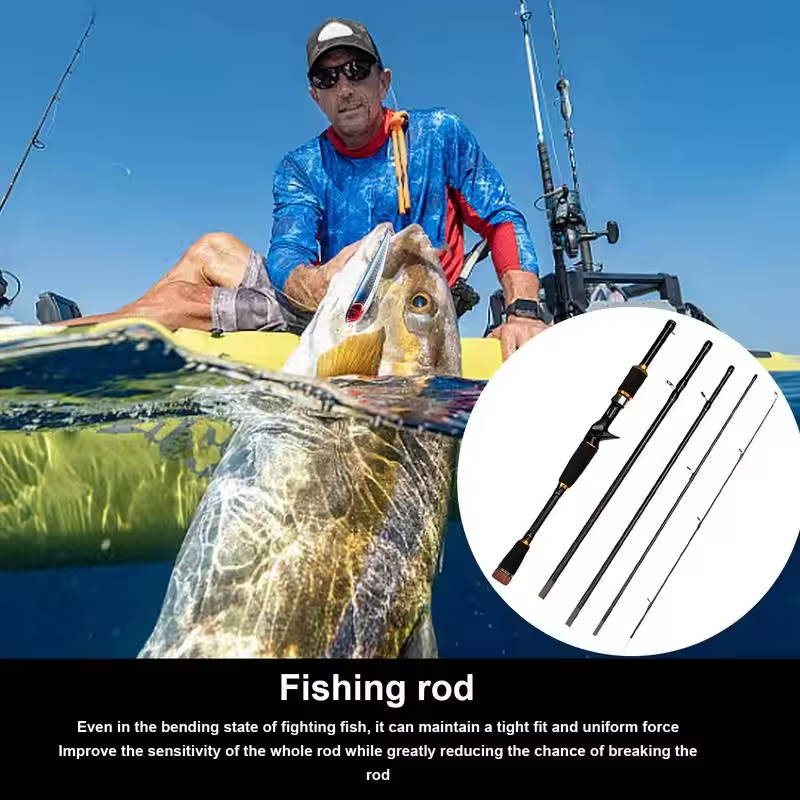 Specialty Rods for Specific Types of Fish
Specialty Rods for Specific Types of Fish
When selecting a fishing rod, think about the fish you target. Sometimes, general-purpose rods won’t do. That’s when you need specialty rods. These are designed for catching certain fish types. Here, we’ll explore common specialty rods and what they offer.
Ice Fishing Rods
Ice fishing rods are short and stout. They need to work in tight, chilly spaces. Their design is compact for fishing through holes in ice.
Deep Sea Rods
Deep sea rods are built for ocean giants. They are long, thick, and have lots of power. They must withstand the fight of deep-sea species.
Ultra-Light Rods
Ultra-light rods are for smaller game like trout or panfish. They are lightweight and ultra-sensitive. This makes feeling the slightest tug easier.
Catfish Rods
Catfish rods are tough and heavy-duty. They handle big bait and massive catfish. The strength of these rods is key for larger catfish.
Choosing a specialty rod can increase your success rate. It aligns your gear with the specific needs of your target species. If you’re determined to catch a certain fish, consider a rod designed just for that. It’ll improve your angling precision and enjoyment.
Tips for Testing and Handling Fishing Rods Before Purchase
Before buying a fishing rod, it’s wise to test it. Here’s how to do that effectively:
- Handle the Rod: Pick up the rod. Note how it feels in your hand. A good grip means more control.
- Check the Balance: Balance the rod on your finger, near the reel seat. A well-balanced rod won’t tip towards the tip or handle.
- Simulate Casting: Make a few test casts. See how the rod moves and flexes. This tells you about its action and suitability for your style.
- Test Sensitivity: Tap the rod’s tip lightly. You should feel the vibration in the handle. This is a sign of sensitivity.
- Inspect Guides and Eyelets: Look for smooth and securely attached guides. These are crucial for smooth line flow.
- Look for Defects: Check the rod for any visible defects or damage. Even small flaws can affect performance.
- Ask for a Demo: If possible, try the rod with a reel and line. This gives you the best feel for its performance.
Handling the rod before purchase helps you avoid disappointment. Ensure it aligns with your needs for the best fishing experience.
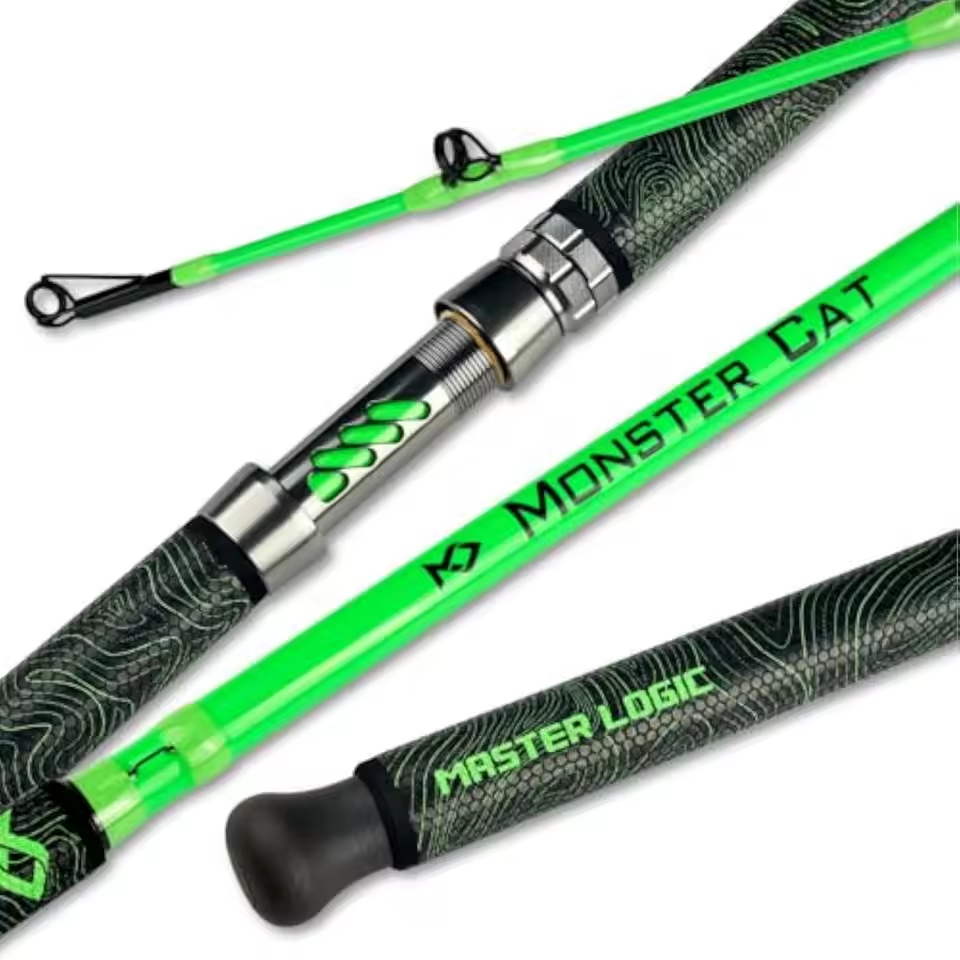 Maintenance and Care for Your Fishing Rod
Maintenance and Care for Your Fishing Rod
Caring for your fishing rod increases its lifespan and ensures top performance. Follow these practical tips:
- Regular Cleaning: Wipe down your rod after each use. Remove salt, dirt, and debris.
- Storage: Store your rod horizontally or in a vertical rack. Avoid placing it under stress or bending.
- Check for Damage: Inspect the rod regularly for cracks, splits, or wear. Early detection prevents bigger issues.
- Lubricate the Reel Seats: Keep reel seats lubricated. This prevents corrosion and maintains ease of use.
- Avoid High Heat: Don’t leave your rod in direct sunlight for long periods, especially in a car.
- Handling Care: Handle your rod with care. Avoid knocking it against hard surfaces.
- Protect the Guides: Inspect and clean the guides. They should be free of nicks and grooves.
- Use a Case: When traveling, a rod case guards against damage.
- Monitoring Line Guides: Keep an eye on line guides for damage. Frayed edges can harm the fishing line.
By taking care of what kind of fishing rod you have, you prepare it for many successful fishing trips. Remember, maintenance is key to the longevity of your fishing gear.